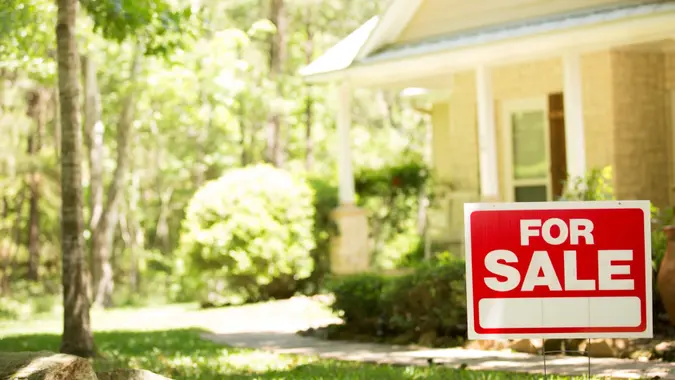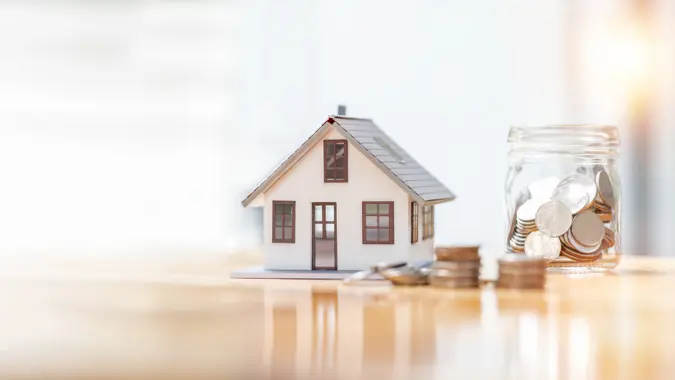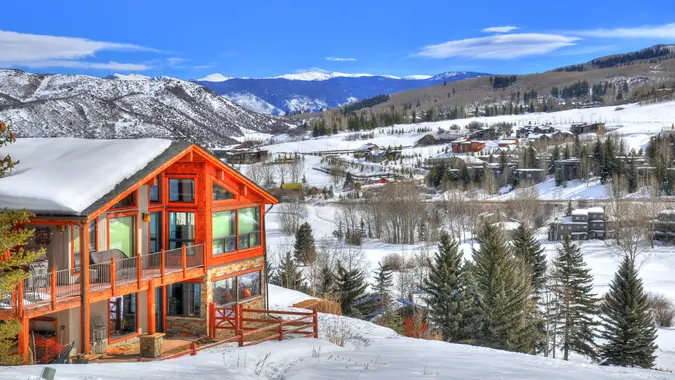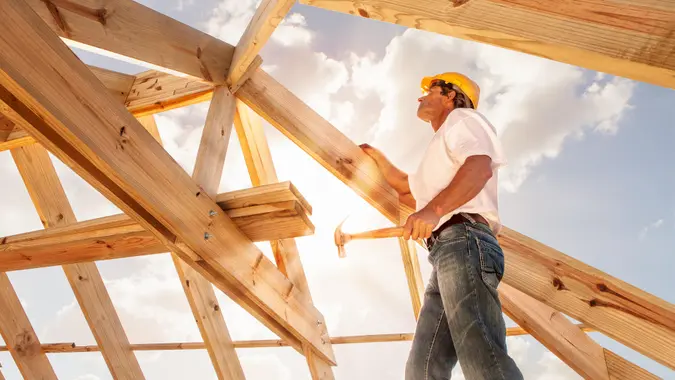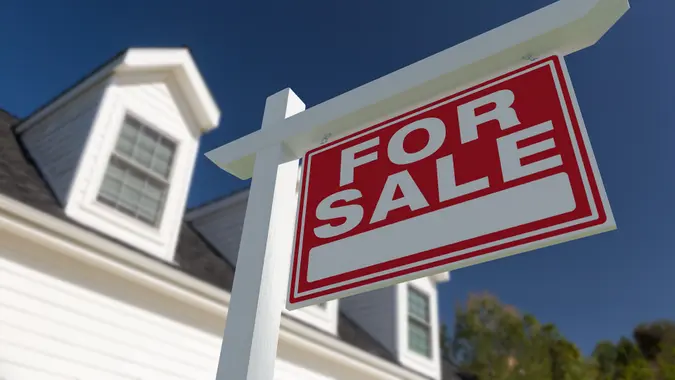Suze Orman: How To Quickly Know If Your Home Insurance Covers Natural Disasters

Commitment to Our Readers
GOBankingRates' editorial team is committed to bringing you unbiased reviews and information. We use data-driven methodologies to evaluate financial products and services - our reviews and ratings are not influenced by advertisers. You can read more about our editorial guidelines and our products and services review methodology.

20 Years
Helping You Live Richer

Reviewed
by Experts

Trusted by
Millions of Readers
Whenever a natural disaster wreaks havoc, such as the recent wildfires in Los Angeles or flooding in Kentucky, homeowners with damaged property or homes turn to their home insurance in the hopes of receiving some financial relief. Unfortunately, sometimes you end up with bad news when you realize your insurance doesn’t cover natural disasters.
Finance wizard Suze Orman understands the panic homeowners can feel if they find themselves in this position, and offered some advice in a recent post, on how to quickly assess whether your home insurance covers natural disasters.
Of course, this is best done before any natural disaster happens because it may be too late after.
She broke down the types of homeowners insurance coverage and which ones you want to have after a disaster.
Dwelling Coverage
Homeowners’ insurance is broken down into four categories labeled Coverage A, B, C and D, Orman explained.
Focus your attention on Coverage A, or “Dwelling Coverage.” Orman explained that this amount is what you’re eligible for in the instance of damage or loss to your primary home (not additional structures).
Coverage A breaks down into three types of coverage:
- Actual Cash Value
- Replacement Cost Value
- Extended Replacement Cost Value
If you have an actual cash value type of coverage, simply put, “you are not properly insured,” Orman wrote.
“Cash value only covers the depreciated value of your home and your possessions. That’s not good enough as it won’t be enough to cover the current (think about inflation) cost to replace things,” Orman wrote.
For example, the “value” of say a 10-year-old roof is way less than what it would cost you to pay for a brand new roof.
Replacement Cost Coverage
A better type of coverage to have is replacement cost coverage, which will pay for losses and replacement construction costs. You definitely want to add on this type of coverage if your original policy doesn’t have it. However, Orman warned that there is usually a dollar limit cap on replacement cost coverage.
“You should review your maximum every year to make sure it is sufficient,” she wrote.
Additionally, in some states, you might be able to add on extended replacement cost coverage that allows you to exceed the policy limit by somewhere between 10% and 25%.
This extra coverage is meant to help you pay for “surge pricing” for construction, materials and labor — a phenomenon that is common after a disaster.
Replacement Cost Value and Extended Replacement Value
To really protect yourself, though you will of course pay the highest premiums, aim to have at least replacement cost value and potentially extended replacement value coverage.
Anything is better than just actual cash value, which, Orman wrote, “will not pay you enough to buy the goods (and labor) to rebuild/repair a home.”
Don’t Stop Paying Premiums
No matter what coverage you do or don’t have, while waiting to add or switch, and especially if your home suffers damage, do not stop paying your insurance premiums, or you could wind up in a very bad financial spot. She said this is even more important if you have a mortgage, “given that insurance is a condition of your legal mortgage agreement.”
Most important, always get your coverage in writing, whether taking out a new policy or adding on.
 Written by
Written by  Edited by
Edited by 




